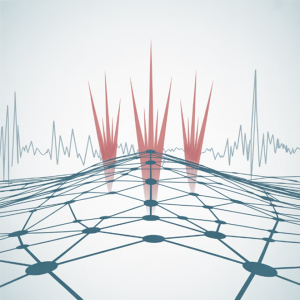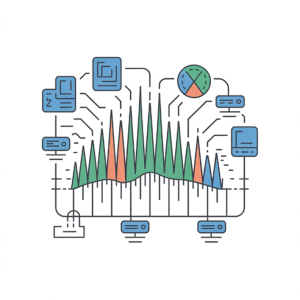The Radio Spectrum Challenge
Exponential Growth of Wireles Comunication
This rapid expansion brings critical challenges that require attention:
- Spectrum Congestion: Overlapping signals lead to reduced reliability and increased latency across dense IoT deployments
- Persistent Interference: Uncontrolled interference degrades performance and can lead to service disruptions in mission-critical applications
- Inefficient Resource Allocation: Current static allocation methods struggle to adapt to dynamic changes in network density and traffic patterns
- Security Vulnerabilities:: A crowded spectrum increases opportunities for malicious attacks and unauthorized access

IoT Networks
Massive Scale Connectivity – 41B devices by 2034

5G Networks
High-Speed Mobile Communications – mmWave & Network Slicing

6G Future Systems
AI-Native Networks for next-generation applications

Defence
Military & Critical Infrastructure – Radar & Tactical Communications

Security
Threat Detection & Mitigation – Real-Time Defense
Use Case I:
LoRaWAN IoT Networks

Key Challenges
- Cross-technology interference and signal degradation
- Duty-cycle constraints within regulated frequency bands
- Capture effect in high-density deployments
AI Solutions Delivered
- LoRa spreading factor detection achieving ≈95% recall accuracy
- Predictive traffic analytics enabling adaptive duty cycling
Impact: Enhanced Packet Delivery Ratio (PDR) and significant reduction of collision rates in dense LoRaWAN deployments — ensuring reliable IoT connectivity across complex urban environments.
Use Case II: 5G and B5G
Network Orchestration
- 5G Requirements
- AI-Powered Classification
- Anomaly Detection
- Jamming Mitigation
- Service Optimization

Use case III: Security & Resilience


Threat Landscape
• Coordinated jamming campaigns
• Network misconfigurations
• Protocol-level vulnerabilities

Real-Time Detection
Advanced anomaly detection algorithms with millisecond response times

Dynamic Protection
Adaptive frequency guard bands and intelligent beamforming countermeasures